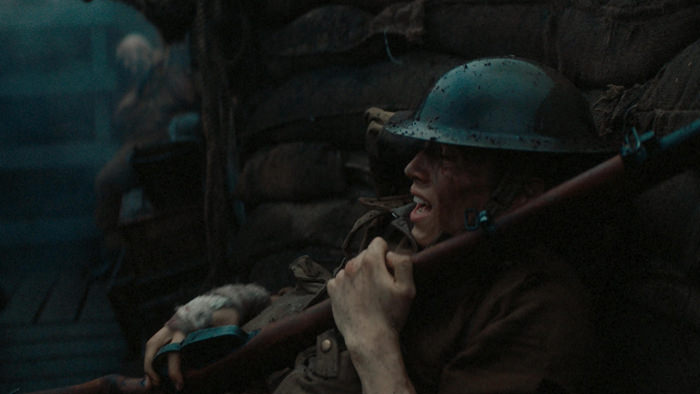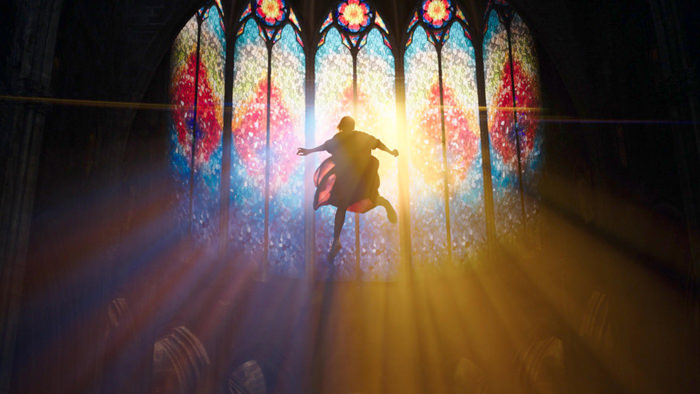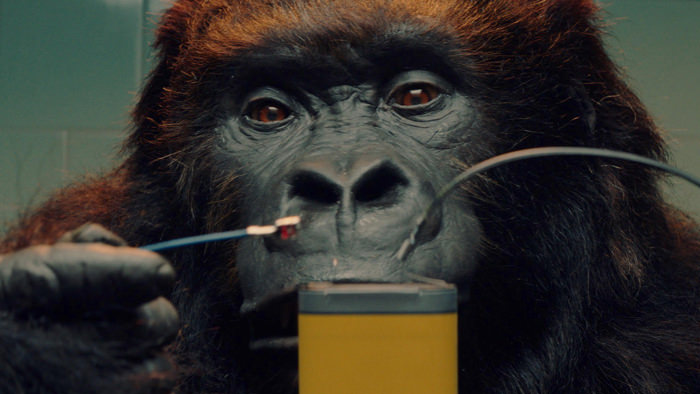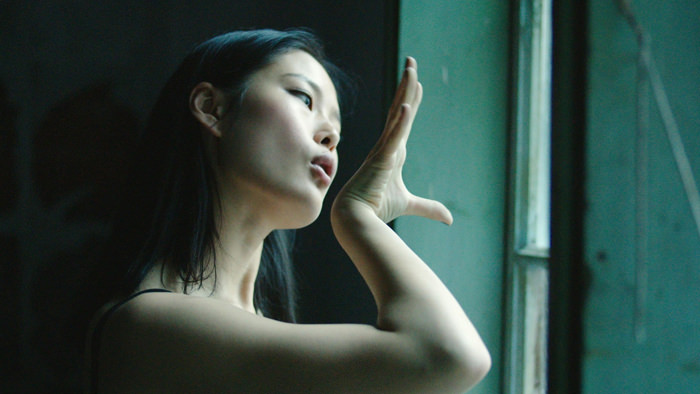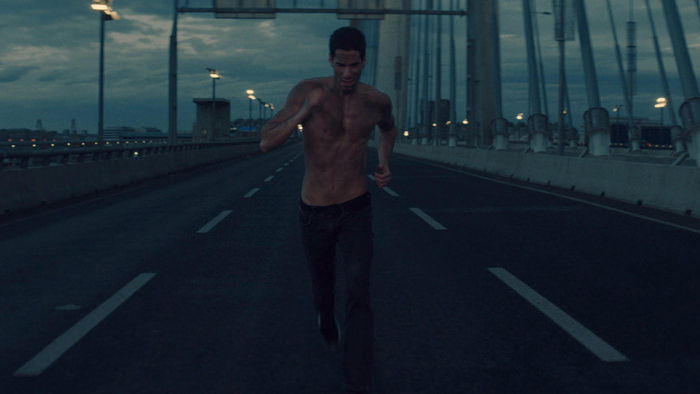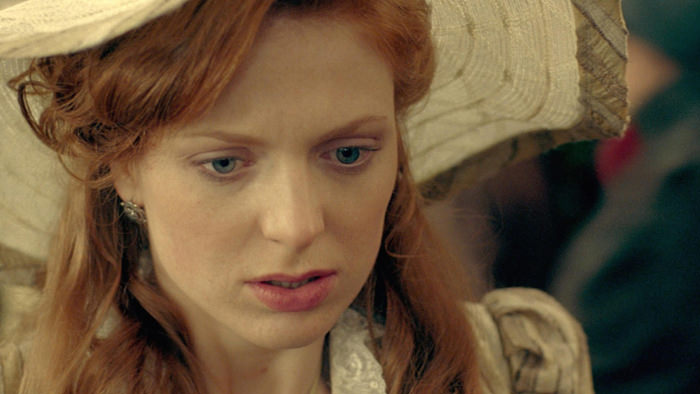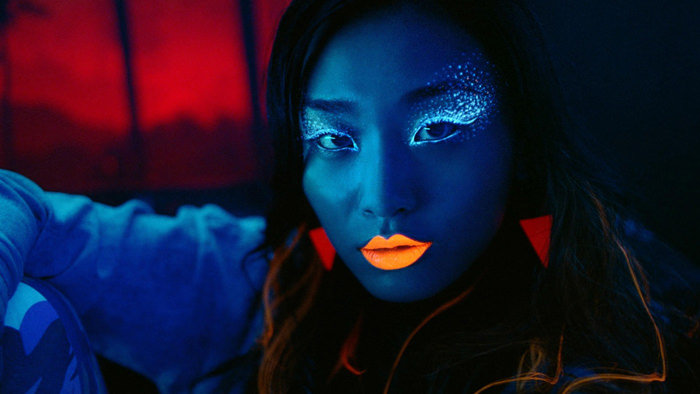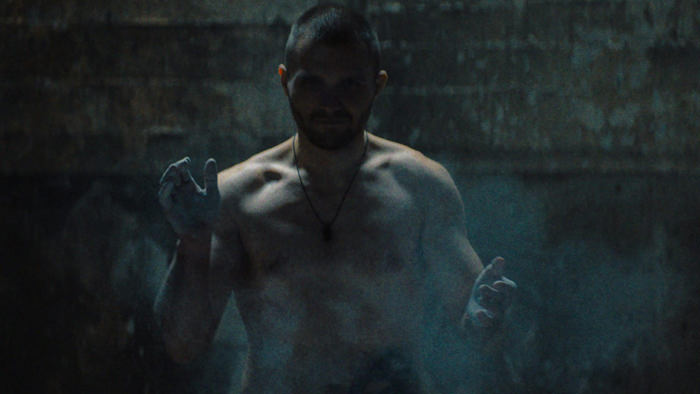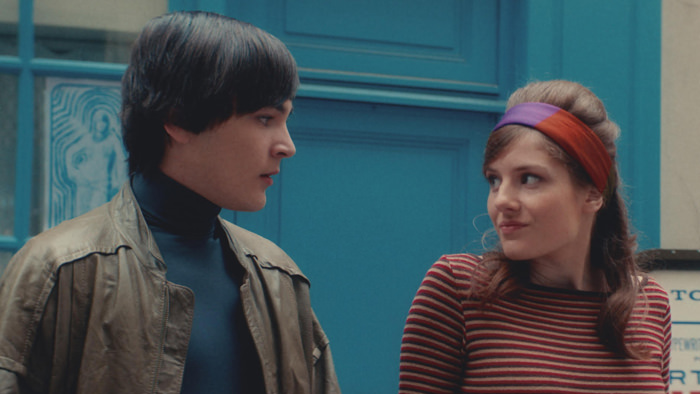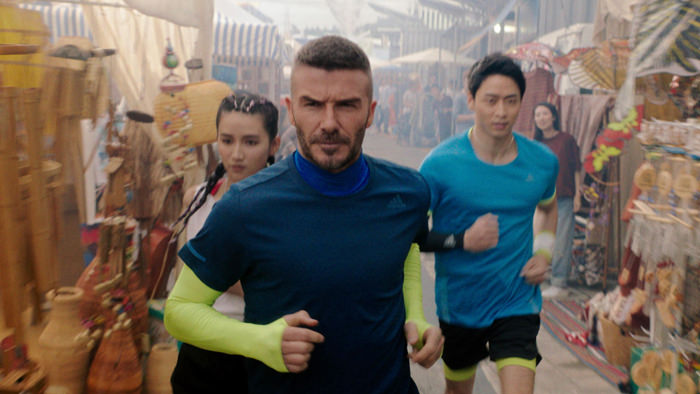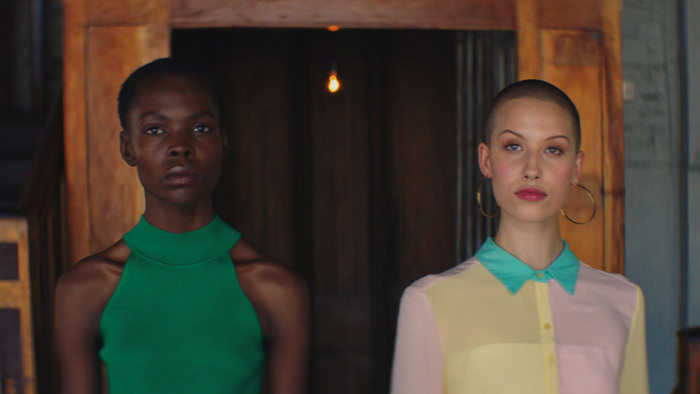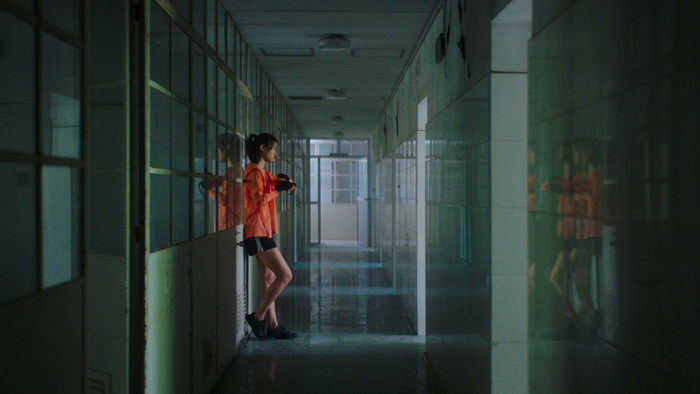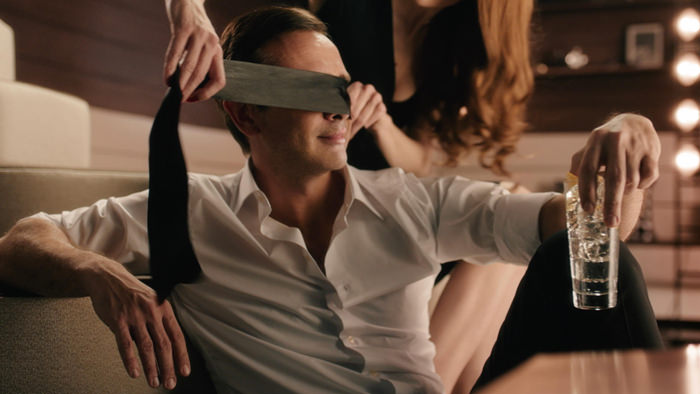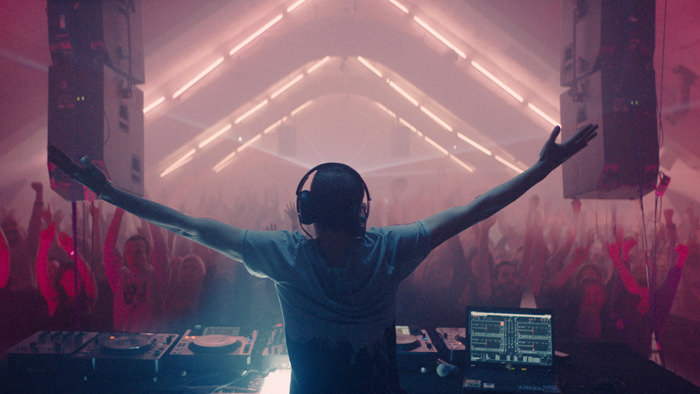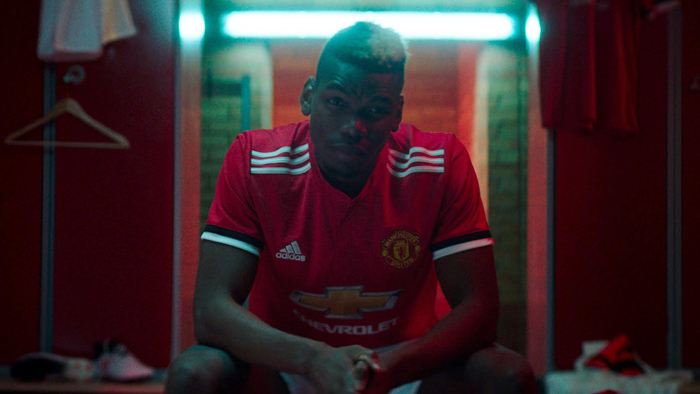
COLOR JOURNEY
with NIKOLA STEFANOVIC
Boost your career learning from MPC's Head of Color
Join our Color Journey Bootcamp and shape the fundamentals behind the art and craft of color grading. When Art becomes Product. The course introduces students to the magic world of color grading.
Who is a Colorist?
Colorist is a professional that can enrich narratives and craft unforgettable experiences through the powerful language of color, who can create depth, establish a rhythm, and elevate a story by transforming it.
Once the foundations have been laid, the students will have an overview of available color grading systems tools used within the industry, they will know how the photochemical process is replaced with modern days color grading and how to become familiar with modern digital acquisition formats.
Finally, will be an introduction of basic post-production workflow including mastering.
The final phase of the course will be entirely focused on learning about preview and delivery best practices
and how to become a professional colorist and get paid for your work.

- Length
6 Months
Part-Time Bootcamp
- Level
Intermediate
- Software
Baselight Student, Davinci Resolve, Final Cut X
- Attendance
Online classes, student’s work reviewing, Q&A Sections
- Hard skills
Hands-on professional relevant skills to the studios
- Soft skills
Management, communication, prioritization
- Prerequisites
No prerequisite required. Only Mac use is recommended.
- Start date
October, 2023
COLOR JOURNEY
We are not just covering the functionality of specific color grading software, this course is about the fundamentals behind the art and craft of color grading
- Small groups, flexible scheduling
- Learn from home in a virtual, interactive, online classroom
- Project works with 100% hands-on experience
- Course access, videos, assignments, forums, and files
COURSE SYLLABUS
Power Skills you will develop

ENHANCE YOUR
SOFT SKILLS

Meet the instructor
NIKOLA STEFANOVIC
HEAD OF COLOR AT MPC
Nikola has worked in the Television/Film Industry for the past 22 years. He started as a 3D & Motion Graphic Artist in 1998 at National TV in Serbia, and later moved on as a video editor.
NIKOLA'S FEATURED PROJECTS


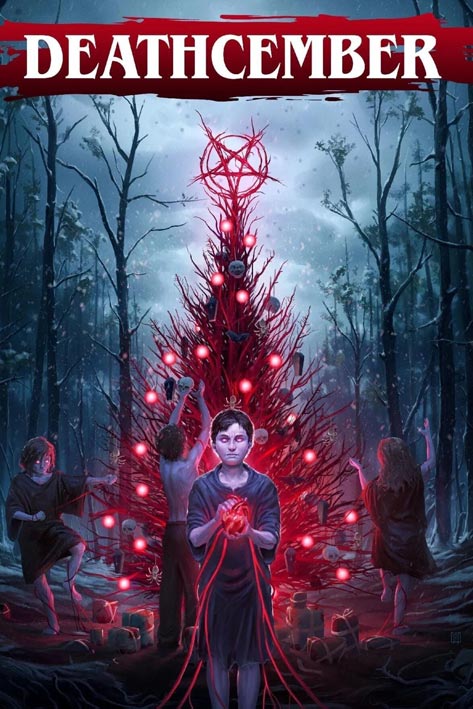
KEY ELEMENTS
The best way to learn and get your dream job faster with the most affordable programs from the best industry-leading instructors in an immersive environment, with personalized advice, reviews, and project work.
- Accessible prices
- Career advisory
- Award-winning instructors
- Career development
- Remote working tools
- Portfolio reviews
- Job connections
- Networking
- INSTALLMENT
- $ 2,900
(2 x payments)
- UPFRONT
- $ 4,900
(1 x payment)
Need help before applying to the program?
We are eager to begin your journey and welcome you to the Linknetic community!
Faq
Our Bootcamp offers intensive short-term training based on the acquisition of professional skills in VFX, Animation, and games, learn the best practices, industry-standard tools and software, and complete tasks and projects, under the supervision of award-winning professionals and the top artists on the international industrial scene.
Students learn through live lessons and virtual labs focused on practical learning experiences. After 20-24 weeks, they come out confident in their tech and soft skills, ready to face the top industries and international studios as complete digital artists.
For those who love movies and all the amazing visual effects behind a film and have always dreamed of working in the entertainment world, but don’t even know where to start.
Recent STEAM graduates
For those who are graduates in any discipline of STEAM education and are interested in the more creative and technical jobs, this Bootcamp is a specialization for beginning a career in the Visual Effects industries and developing hands-on skills to secure a place in this sector.
Career shifter
For those interested in changing careers and embarking on creative and technical work, without any specific background in this sector. Texturing & Beyond Bootcamp is specifically designed to strengthen knowledge and skills to get an exciting and well-paid job in one of the most rapidly growing industries in the 21st century in which VFX artists will continue to be in demand.
Career boosters
Are you a professional in a design role (3d modeler, graphic designer, photographer, creative director, media designer, etc.)? This Bootcamp is designed for professionals who wish to make more competitive their job profile and take it to the next level. Join our Texturing & Beyond Bootcamp and gain new successful roles in the industry.
Within only 6 months, our Color Journey Bootcamp will give you not just the functionality of specific color grading software, but the fundamentals behind the art and craft of color grading, getting the latest skills studios are hiring, getting hands-on a system and practice, learning through experience the last technical and creative process used by top production and post-production studios all over the world and start your journey into the industry! All side by side with the top VFX artists with real-world experience.
Have an artistic sensibility, a good eye for detail understands the cinematographic process and the disciplines of visual effects, and knowledge in color theory, but any technical knowledge is requested.
The most successful Colorists have this unique balance of technical, artistic, and communication skills.
You should always study movies, television shows, and advertisements to become aware of the potential techniques used to create the images they see.
Software:
Baselight Student, Davinci Resolve, Final Cut X.
We will be providing you with all software required to take our online courses.
You will also get access to a library of assets to use throughout the course.
Hardware:
You will need a dedicated graphics card, and a computer that meets the minimum requirements for the software above.
Our Bootcamp is built to be tailored to your needs. Lectures are usually delivered with recorded videos on demand and interactive scheduled online lessons with the instructor once or twice a week and inherent reviews or Q&A section. It is mostly provided in the evenings and weekends.
A colorist salary can range from $30,000 – $70,000. A colorist’s role may differ. They may work as a freelance colorist or maybe an employee of a postproduction company. The salary may vary considerably depending on the type of job and the consistency of work opportunities.
The course is designed to create the fundamental knowledge and skills to build future experiences, necessary to enter the Entertainment industry. It covers artistic, hard, and soft techniques and includes a comprehensive term focused on the career development and construction of your portfolio and reel to prepare you for the industry.
The demand for a great Colorist can be high, as color grading is a common necessity on many projects.
A Color artist usually works in visual effects studios for movies or tv series, commercials, advertising, and video games as Junior Colorist, Dit, Color assistant, and Dailies Colorist.
LINKNETIC IS
THE ONLINE
BOOTCAMP ACADEMY
SPECIALIZED IN
VFX | ANIMATION | GAME
Enquire now!
Send us your request so we can assist and help you in making the right choice for your future.

